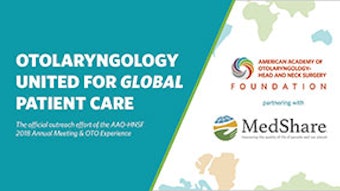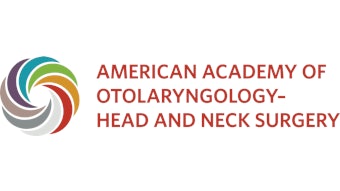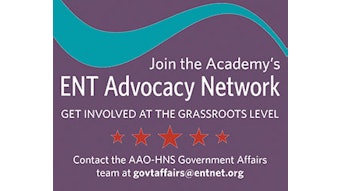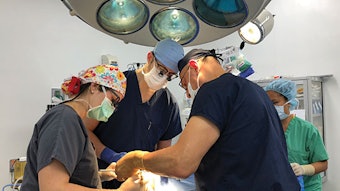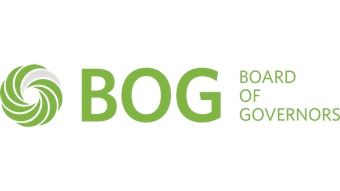Research and quality: Guiding the way through the digital clinical data evolution
Augmented intelligence, artificial intelligence, digital medicine, big data, data curation—this is some of the new terminology being encountered by the AAO-HNSF Research and Quality Business Unit on a daily basis. The convergence of the Reg-entSM clinical data registry and the “digitization” of healthcare has put us on a path for which we have been preparing for a decade or more.
Augmented intelligence, artificial intelligence, digital medicine, big data, data curation—this is some of the new terminology being encountered by the AAO-HNSF Research and Quality Business Unit on a daily basis. The convergence of the Reg-entSM clinical data registry and the “digitization” of healthcare has put us on a path for which we have been preparing for a decade or more. There is no better way to show the advancement of the specialty and the quality care that our members provide than to have data that exemplifies this fact.

Throughout this issue, you will see references to enhancements we are applying to the work we do in Quality and Research to allow us to advance in this ever-evolving technology environment. Our Reg-ent registry partner, FIGmd, has recently begun piloting optical character recognition, the recognition of printed text characters by a computer. This functionality will be utilized for reading pathology/clinical test reports for incorporation into Reg-ent. FIGmd is also assessing data quality within the registry using several approaches. One is a data yield model that looks at the occurrence of a particular element within documentation based on an expected occurrence relating to patient population and patient encounters. We are quickly adapting to such approaches in order to stay on the cutting edge for our members and provide them the opportunity to engage fully with meaningful data.
When we started down the path over a decade ago to develop and publish quality knowledge products (clinical practice guidelines, clinical consensus statements, quality measures), we could not have imagined all the ways such work would contribute to successful navigation in a machine-learning environment.
In this issue you will read about recent Research and Quality initiatives, committee workplans of the Outcomes Research and Evidence-based Medicine (OREBM) and Patient Safety and Quality Improvement (PSQI) Committees, the latest research grants awarded through CORE, and ongoing product development that will keep our members at the forefront of this quality evolution.






